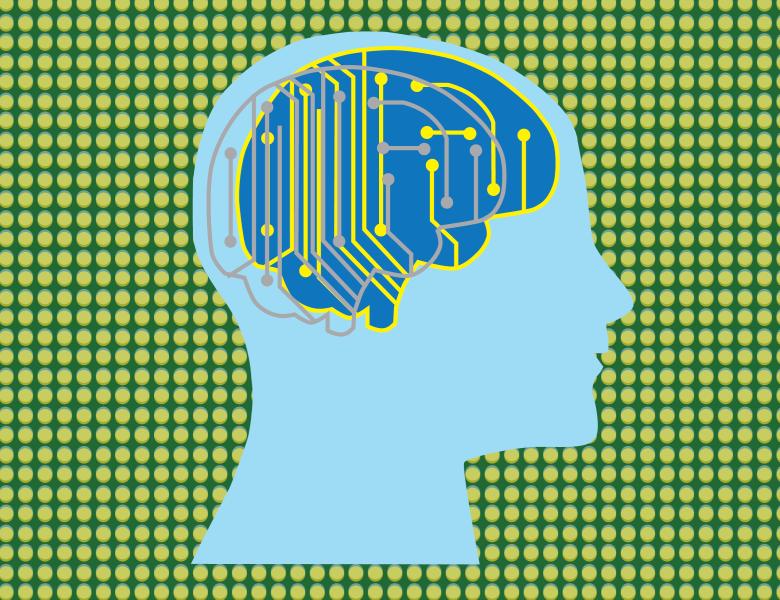Image

The basic architecture of basal ganglia circuits has been conserved for at least half-a-billion years, helping animals learn through trial-and-error to obtain rewards. I will briefly outline this architecture and how it is thought to process information. I will also briefly describe the fruitful dialog between psychology/neuroscience and computer science that has played an important role in the development of Reinforcement Learning algorithms for contemporary artificial intelligence. As time permits I will describe some key current debates about the functions of the basal ganglia and how they are modulated by dopamine.